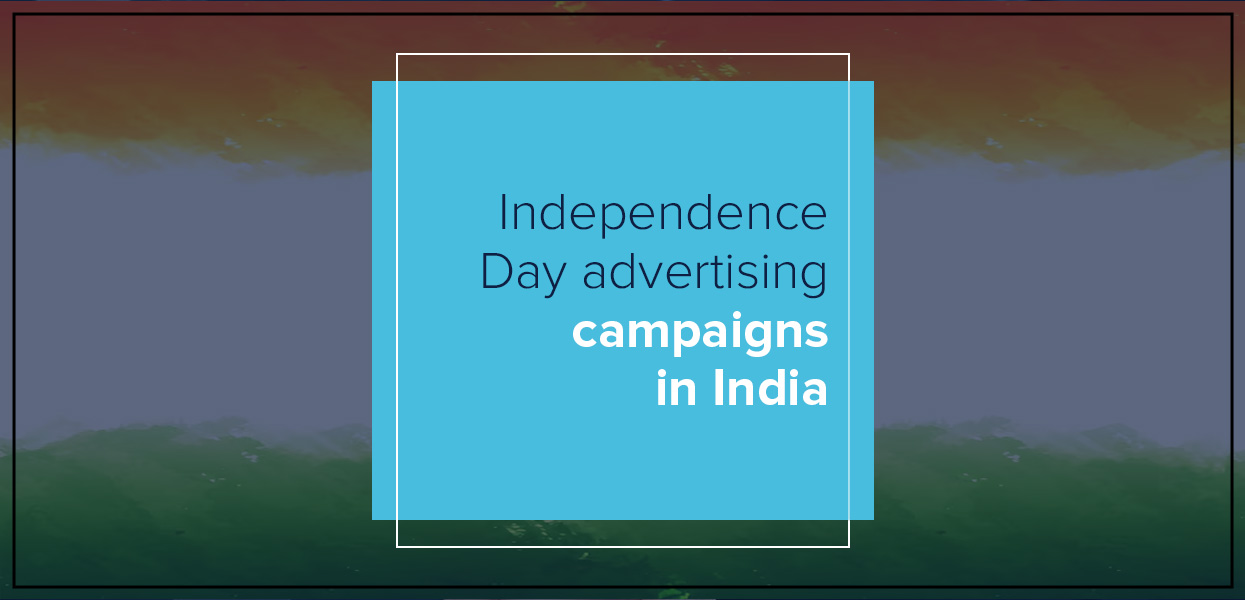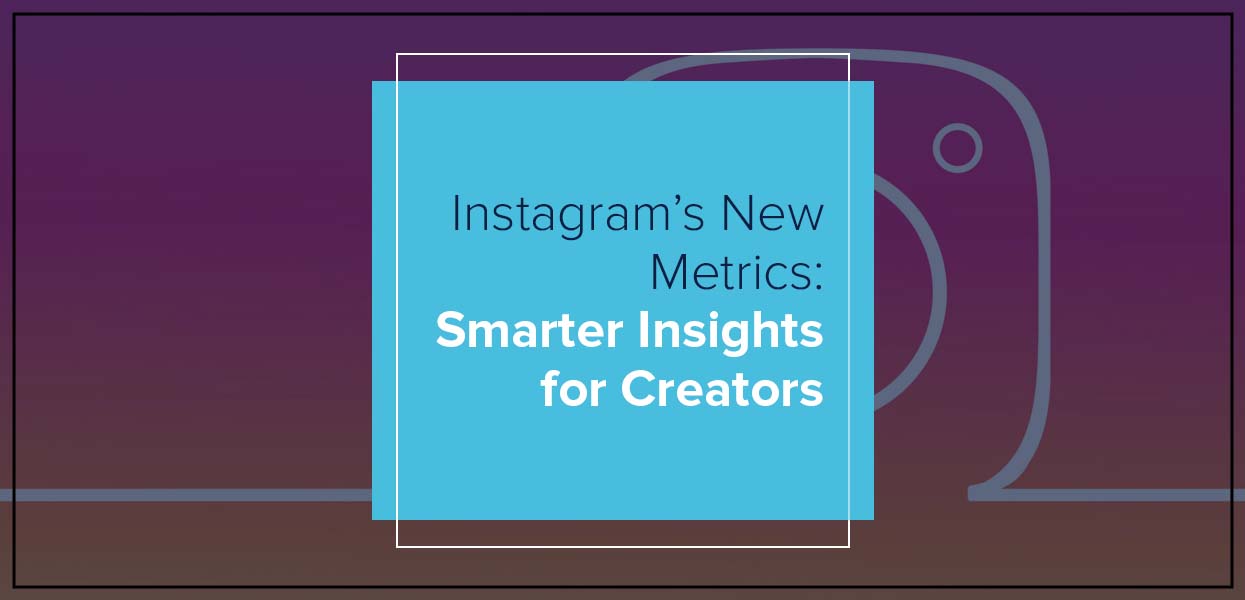Best Independence Day Ads That Inspire India

Patriotism in Advertising: Why Certain Independence
Day Campaigns Still Move Us
Every year, around mid-August, the air
changes. Markets overflow with tricolour kites, flags flutter from shop fronts,
and brands line up their Independence
Day advertising campaigns. From national TV commercials to social media
marketing blitzes, most follow a predictable formula: an emotional jingle, a
flag animation, a quick reminder of the day’s significance, maybe a “Freedom
Sale” discount code. By the time the last firework fades, so do most of these
ad campaigns.
And then there are the others.
The brand films and creative campaigns
that remain etched in our minds years later. The marketing moments we remember
not because they were pushed into our feed through targeted advertising, but
because they made us feel something authentic, something deeply personal that
stayed with us long after the day passed.
As a digital marketing agency, we ask
ourselves a crucial question: what makes those campaigns different? Why do some
Independence Day ads go viral for a
day while others become timeless pieces of brand
storytelling? The answer is deceptively simple and incredibly hard to
execute; they’re not just ads. They’re emotionally-driven stories about us,
crafted with cultural insight, strategic creativity, and the kind of
authenticity that turns advertising into
art.
The Emotional
Advantage of Indian Diversity
India is one of the most dynamic and
complex advertising markets in the
world. With 22 official languages,
hundreds of dialects, and dozens of cultural identities, it presents both a
challenge and an opportunity for brand
communication. And yet, beneath this vast variety lies a single shared
history of independence. Independence
Day is a rare moment in marketing
when almost every Indian is tuned in to the same theme, consciously or not.
For advertisers, that is gold. But here’s the catch: you cannot fake
that unity. Audiences today see
through generic, surface-level brand
messaging. The most impactful
campaigns do not try to iron out differences; they celebrate them. They use
storytelling, visual branding, and culturally-aware
creative direction to show that diversity is not a hurdle but a powerful
driver of emotional connection.
This is why classics like Mile Sur Mera Tumhara still resonate
decades later. It was not just a jingle
or a piece of television advertising.
It was a cinematic brand film, a
living portrait of India’s variety. It moved seamlessly across languages,
faces, and landscapes, all woven together by a single melody. The emotional
pull did not come from telling us we were united; it came from showing us,
frame by frame, what unity in diversity
feels like.
Great Independence Day marketing does exactly that. It translates cultural truth into visual and emotional experiences that leave a lasting impression far beyond a campaign’s media spend.
When Brands
Step Away from the Product
Patriotic marketing is tricky. Lean too
hard into product placement and you risk cheapening the emotion. Ignore the
brand entirely and you lose the business objective. The magic happens when the
story reflects the brand’s values so
strongly that the product becomes secondary, yet the association still sticks.
Some of the most unforgettable
campaigns have taken this path:
A paint
brand choosing to tell the story of a boy creating a textured tricolour for
his visually impaired father, so he could feel the flag. No paint cans in
sight, just a quiet, human moment that perfectly aligned with the brand’s
belief in beauty that goes beyond appearance.
A clothing label spotlighting a
real-life act of generosity: a Muslim man in Lucknow donating half his land to
rebuild a Hindu temple, then caring for it every day. The brand’s message? Unity isn’t theoretical, it’s lived.
A confectionery
giant using a college human pyramid not to sell chocolate, but to show how
teamwork can solve problems. The product barely appears, yet the warmth of the
scene stays.
These stories work because they don’t
feel like campaigns built for a deadline. They feel like chapters in a larger
national story.
Silence as a
Creative Weapon
One of the most referenced examples in
conversations about patriotic advertising isn’t even new, yet it remains
unmatched in emotional impact. Years ago, a cinema chain replaced the standard
pre-film national anthem with a silent version performed in sign language by
hearing-impaired children.
At first, there was no music. Just the
children’s faces, their hands moving in perfect rhythm, their expressions full
of pride. Only later did the familiar melody fade in, and by then, the audience
was already feeling it.
The genius of this campaign wasn’t in
its production value or star power. It was in its restraint. It trusted silence
to do what sound usually does. It forced the audience to really watch the anthem, not just hear it.
As marketers, we often chase the “big idea,” the twist, the spectacle,
the viral hook. But sometimes, the boldest move is to remove everything except
the truth. That’s what makes this campaign timeless.
Cultural
Moments vs. Seasonal Content
If there’s one thing the best Independence Day campaigns share,
it’s that they don’t feel like one-off efforts. They create cultural moments
that live beyond the date on the calendar.
This is where a lot of brands go
wrong. The temptation is to treat August 15 as a marketing slot, fill it with a
patriotic-looking visual, post it, and move on. The result? A forgettable piece
of content lost in a sea of tricolour posts.
The campaigns that last the ones that
get referenced years later have three things in common:
- They’re built on a universal human emotion. Pride, sacrifice,
and hope are things that don’t expire after a holiday ends.
- They feel
authentic to the brand. You can swap out the logo and still know which
brand made it.
- They offer something fresh. Whether it’s a new perspective, a
surprising format, or simply telling an old story better, they avoid
clichés.
The Risk of
Turning Azaadi into a Transaction
There’s a conversation worth having
here about the fine line between celebrating Independence Day and
commercialising it.
Discounts aren’t inherently bad. But
when “Freedom Sale” becomes the
loudest Independence Day message from a brand, it risks reducing a historic day
to a marketing gimmick. The audience feels the difference between a brand that
adds meaning to the day and one that just offers a promo code.
For marketers, the opportunity is
bigger than sales. It’s about contributing to the meaning of the day in a way
that reflects the brand’s identity and values. That’s what creates brand equity long after the campaign
ends.
Lessons for
Modern Marketers
From a creative and strategic standpoint, here’s what we
can learn from the campaigns that still give us goosebumps:
- Lead with humanity. Start with the
story, not the slogan. If the audience feels first, they’ll remember longer.
- Respect the moment. Independence Day is
not just another topical opportunity; it carries deep emotional weight. Treat
it with care.
- Challenge the format. As the Silent
National Anthem showed, you don’t have to follow the rules to make an impact.
- Build for longevity. Aim for ideas that
can be remembered and revisited, not just liked and scrolled past.
- Stay true to your brand. Authenticity is
the only sustainable way to connect.
How We See It
For us, advertising at its best is
about creating connections, not just conversions. National occasions like
Independence Day are more than dates on the content calendar; they’re cultural
touchpoints with the power to bring people together across differences.
We approach such campaigns with a
simple guiding question: If this ad
disappeared tomorrow, would anyone miss it? If the answer is no, it’s not
ready.
The work we admire, whether it’s a
decades-old song, a moment of silence, or a small act of kindness captured on
film, passes that test. It lives in the collective memory because it reflects
something true about who we are.
This Independence Day, our challenge
to brands is simple: don’t just join the conversation. Add something to it.
Make something that, years from now, someone will still reference as “the ad
that gave me goosebumps.”
Because in the end, the goal isn’t just to make
people see your work. It’s to make them feel
it and feel proud to be part of the same story.
Connect with Uniworld Studios for
more!
Categories
- Digital Marketing
- Website Development
- Graphic Design
- Content Writing
Latest Posts
-
- Essential Marketing & Advertising Keywords 2025


